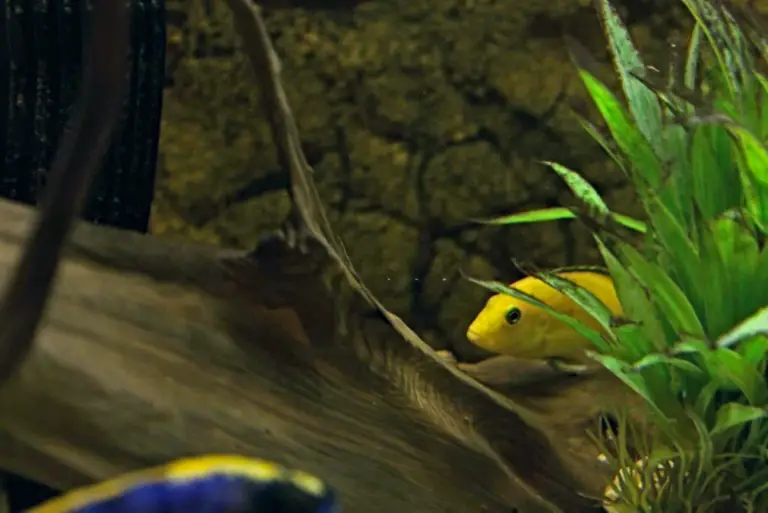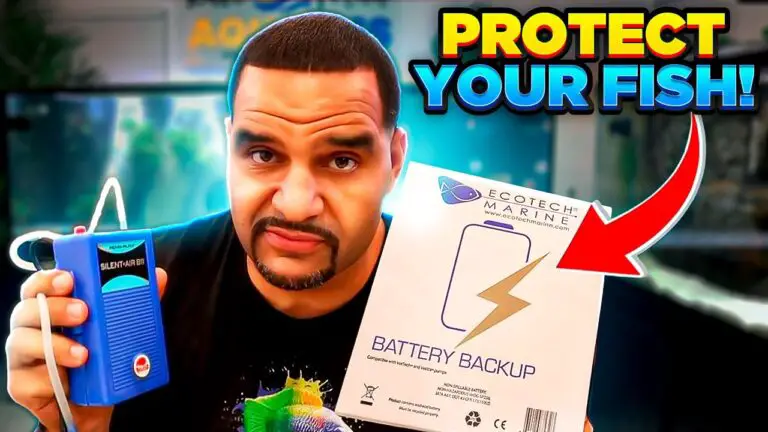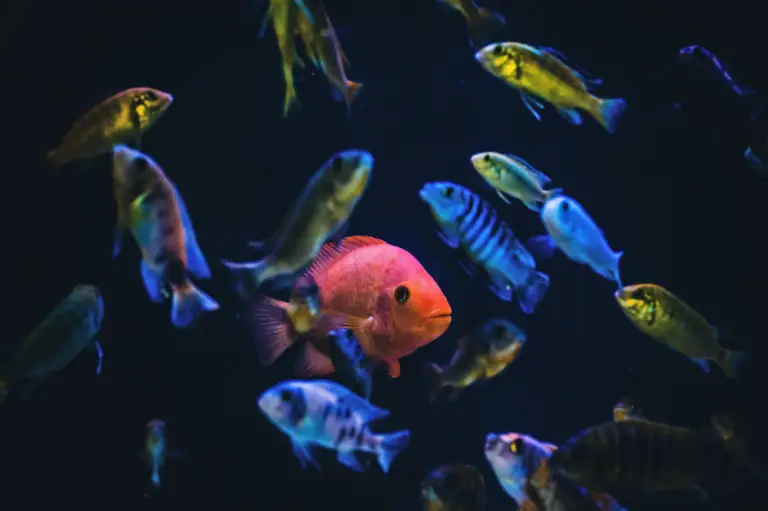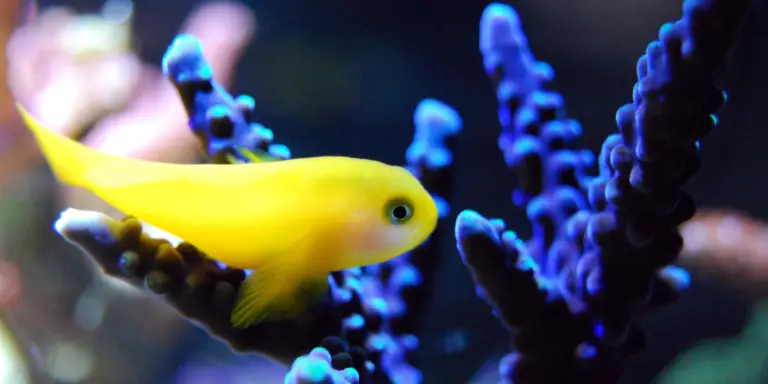10 Expert Tips for Successfully Keeping African Cichlids
African Cichlids are very unique freshwater fish. So this article isn’t going to be some generic list of random aquarium knowledge that most of us aquarists already know. Like, add de-chlorinator to your tap water, don’t overfeed, or make sure your tank is cycled.
African Cichlids are not beginner-level fish, if you’re interested in keeping them this article assumes you have already learned the basics of the aquarium hobby. If you haven’t, that’s not a problem, first I welcome you to the hobby, and second I will direct you to this great playlist of beginner need-to-know information…enjoy!
10 Things You Must Know
So now that that’s out of the way let’s get into the 10 things you must know about African cichlids… I’m also gonna throw in a great bonus tip at the end
Number 1- Know your genus
Most African Cichlids kept in the aquarium hobby come from Lake Malawi, but there are other lakes with thousands of species. I will be discussing the most commonly kept cichlids from Lake Malawi and the 3 genera or groups they come in which are Peacocks, Haplochromis or Haps for short, and Mbunas.
Choosing the right combination of Genus is important because they need different husbandry. Most African cichlid keepers do not mix the 3 groups in 1 tank for multiple reasons.
Mbunas means rockfish. They are rock dwellers and like to hide and swim through rocky areas. You can find them mostly on the rocky shores of Lake Malawi. Peacocks and Haps are free swimmers who like open waters. So your tank décor will affect which group you keep.
Their diets are also different, most Mbuna Cichlids, not all, but most are herbivores and like to eat algae and veggies as their main meal, while Peacocks and Haps are mostly omnivores that can eat both meat protein and veggies. Mbuna Cichlids are also very aggressive fish and can cause havoc to the other 2 groups.
In general African cichlid keepers usually keep only Mbuna, or a mix of Peackocks and Haps. With that being said, you absolutely can keep a mix of all three, I’ve seen it done many times, but it will take time and patience in finding the right species to co-exist…. Leading me into #2
(Can African Cichlids live with Angel Fish?)
Number 2 – Know your species
Know what species you’re buying before you buy it. Even if you stick with separating the Genus, there are more than 1,000 species of African Cichlids in Lake Malawi. Ranging from peaceful temperament to very aggressive.
So after deciding what genus you want to keep, (Peacock, Haps, or Mbuna, or some mixture of the three) you still have to research the species. Don’t make the common mistake of just picking the pretty-looking fish and throwing them together.
Even though we’ve all probably done that at some point and just hoped for the best. But if you don’t take this advice, you’ll have to learn the hard way, just like the rest of us.
(Can African Cichlids live with Oscars?)

Number 3 – The hierarchy system in your tank
African cichlids have a hierarchy, meaning that 1 fish will be your tank boss. He’ll be the guy that chases everybody around, but nobody chases him.
This is normal in an African Cichlid tank. Everyone under the boss will be fighting for their own position. There will be a number 2, 3, and so on in order. You’ll notice 1 fish gets chased by everybody and that fish is usually hiding or keeping to himself, that’s the bottom of the totem poll. But don’t worry, once this hierarchy is established and everyone knows their place things will settle down….that is, until you add new fish…Which brings me to number 4
Number 4 – Adding new fish
Never add only 1 new fish. With this hierarchy system in place, this 1 new fish will throw the whole system out of wack.
Maybe he’s a boss type and wants to take over, maybe he belongs somewhere in the middle or at the very bottom…the only way for your fish to keep their current position is to make sure the new guy goes to the bottom of the pole, and they will achieve this by attacking the new guy constantly. Maybe even to the point of killing him.
Yes, it can and will happen if you add 1 lonely fish at a time. The solution to this problem is to add about 3-5 fish at a time. If there are 3-5 new guys at once all the aggression from the other fish will be spread out amongst the new 3-5 vs just 1 fish getting the whole gang beat down at once.
Another method that helps is to do a water change first and then change all your décor around. This will reset all the territories your fish already established and everyone has to work to claim their new spots all over again, this will also diminish the aggression towards the new guys.
Here’s a video on how to add new fish to your established tank. This aggressive behavior of African cichlids leads to me to tip number 5
Number 5 – Overstock your tank
When having to add 3-5 new fish at a time your tank is going to quickly get overstocked. With African Cichlids, this is not necessarily a bad thing.
Overstocking your tank is the number 1 way of curbing the aggression in your tank. By overstocking no one fish can pick on any specific fish. There’s too much going on for a bully to stay focused on just one guy.
Not only does this help with the aggression but an overstocked tank of African Cichlids is a beautiful site to see, in my opinion. I would say my tank is only slightly overstocked currently, but I have my eye on a few new beauties on the way.

Number 6 – Keeping all males and no females
Mixing in females with a bunch of males will cause havoc in your tank. All the males will be fighting for dominance, attacking each other to get the females attention. The hierarchy will shift continuously and there will be no piece.
When trying to breed African Cichlids the key is to have a 5-1 ratio of females and males, meaning 5 females for every 1 male. The reason why we don’t just keep that ratio in a tank is because the most colorful African Cichlids are the males. They brighten up and use their color and fin span to attract and persuade the females.
Females are a bland/grayish color and won’t make your tank pop. This is especially true for Peacocks and Haps, while some Mbuna female do have great color similar to their male counterparts.
Here’s an article on why African Cichlids change colors if you’d like more information.
Number 7 – Know your PH
African Cichlids require a higher than normal PH. You will have to buffer your water in order to raise the PH to between 7.8 to 8.5 PH. You can buffer your water by adding products like Seachem Malawi buffer or using crushed coral or aragonite sand for your substrate.
These are great at raising and stabilizing your PH for African Cichlids. You can also put a bag of crushed coral in your canister filter if you already have your substrate installed.
Some hobbyists will say you shouldn’t chase your PH and just let your fish live in whatever your PH is from the tap. This is really bad advice.
Yes, African cichlids can survive in a lower PH but that’s what they’ll be doing, surviving. If you want them to thrive and live a long, healthy, brightly colored life you should do what you have to do to have them in their optimal PH level.
Number 8 – Know your temperature
African cichlids like it warmer than most tropical fish. The temperature should be between 78 and 84 degrees. I keep mine at a steady and healthy 80 degrees.
When doing water changes ensure that the new water being added is pre-heated to the same temperature as the water in your tank.
Number 9 – Tank size
The recommended minimum tank size for African cichlids is 55 gallons because they love to swim, they can get very big, and you will mostly be overstocking your tank.
But I’m glad you’re here so you can read this now.
In my opinion, you should get the biggest tank your budget and space allow for right now.
Speaking from experience, if you’re already upgrading your fish-keeping level to African Cichlids then I’m sure you will be upgrading your tank sooner or later.
You will find new fish you have never seen before and you must have it, eventually, your tank will be overstocked and they will all look so cramped up in their little 55-gallon…to you that is.
So do yourself a favor and just go big now. If you end up not sticking with the hobby there are always hobbyists entering the hobby that will buy all your used stuff from you, or the experienced veteran will want to buy his 10th tank….so nothing to worry about.
Number 10 – Over Filtration
Finally, number 10 is something you may already know but is especially important for African cichlids, Over-filtrate. Not only are you eventually going to have an overstocked tank but Africans produce a lot of waste regardless.
In the beginning, you’ll be adding more fish faster than your beneficial bacteria can keep up with. So it’s better to have plenty of extra bio-media already in your filtration ready to house some new bacteria as the bio-load increases in your tank.
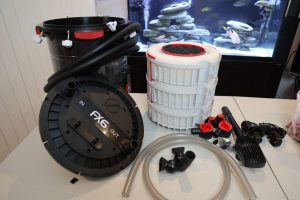
The last thing you want is an ammonia spike that can harm or kill not only your current stock but every new fish you add as well.
The general rule is to turn over your tank about 4-6 times per hour…I’d bump it to 8-10 times in an African Cichlid tank. Both for the piece of mind knowing your water will remain healthy, and to make sure you keep it looking crystal clear.
These are expensive fish and you will grow an attachment to them. It would hurt to lose them just because the water quality in your tank was subpar.
Bonus Tip
And for those of you who stuck around this long, you must be ready to get into the African cichlid life so I’ve got a bonus tip for you that will greatly improve your headaches and heartaches.
During your time of husbandry with African Cichlids, you will encounter that fish that is just a stud with beautiful vibrant colors, one of your favorites, but he is just out of control! Bullying everyone in the tank, nipping at fins, keeping everyone else hiding in the top corners of the tank gasping for air from constantly being chased.
You will come to the sad conclusion that you will have to remove him from the squad. Here’s your bonus tip…Remove him for the purpose of re-introducing him later, there is hope!
Studies have shown that fish can keep their memory for up to 12 days. Remove this aggressive fish and keep him in a hospital or quarantine tank by himself out of view of your main tank for about 2 weeks. This will be plenty of time for him to forget his position in the main tank and also a new tank boss will emerge in your main tank as well as a new hierarchy altogether.
After 2 weeks, add this fish back to the main tank by himself. (I know this is contradictory to the proper way of adding fish but there is a purpose) By adding him back alone all the other fish will attempt to keep him at the bottom of the hierarchy.
This one fish being naturally aggressive may fight back but only partially while getting used to his new surroundings again. He will re-establish himself somewhere in the middle of the hierarchy but not at the top spot. The tank boss will help in keeping him under control.
This is one of the few ways to save a super-aggressive fish and keep him with all your other guys. It has about a 50/50 success rate. So good luck!
African Cichlid Free Webinar Training
If you’re new to African Cichlids or you’ve been considering keeping your very own I have a Webinar Training with the Top 3 Secrets to Successfully Keeping African Cichlids…and it’s Free!
Click the link above to register now or watch a quick intro video below!


